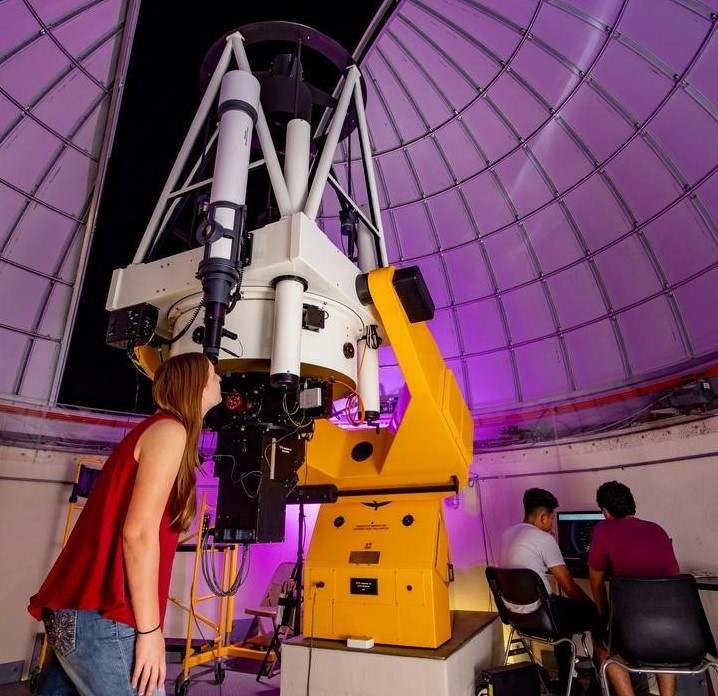Document Type
Article
Publication Title
The Astrophysical Journal
Abstract
Using instruments on the ACE spacecraft, we surveyed the heavy-ion spectra and composition over the range He– Fe for 41 corotating interaction regions (CIRs) during 1998–2007. Below~ 1 MeV nucleon^-1 the spectra are power laws in kinetic energy nucleon^-1 with an average spectral index of 2:51 ± 0:10, rolling over above ~ 1 MeV nucleon^-1 to power-law spectra with an average index of 4:47 ± 0:17. The spectral shapes for different species are similar, leading to relative abundances that are constant over our energy range, even though the intensities cover up to 8 orders of magnitude. Relative to oxygen, the measured abundances at 385 keV nucleon^-1 for 4He, C, N, Ne, Mg, Si, S, Ca, and Fe are 273 ± 72, 0:760 ± 0:023, 0:143 ± 0:005, 0:206 ± 0:009, 0:148 ± 0:006, 0:095 ± 0:005, 0:028 ± 0:002, 0:007 ± 0:001, and 0:088 ± 0:007, respectively. Except for an overabundance of 4He and Ne, the abundances are quite close to that of the fast solar wind. We have found 3He/4He ratios to be enhanced over solar wind values in ~ 40% of the CIRs. The Fe/O ratio in individual CIRs is observed to vary over a factor of ~10 and is strongly correlated with the solar wind Fe/O ratio measured 2–4 days preceding each CIR. Taken together with previous studies showing the presence of pickup He+ in CIRs, the observational data provide evidence that CIR energetic particles are accelerated out of a suprathermal ion pool that includes heated solar wind ions, pickup ions, and remnant suprathermals from impulsive solar energetic particle events.
DOI
10.1086/533524
Publication Date
5-10-2008
Recommended Citation
Mason, Glenn M.; Leske, Richard A.; Desai, Mihir I.; Cohen, Christina M.S.; Dwyer, Joseph R.; Mazur, Joseph E.; Mewaldt, Richard A.; Gold, Robert E.; and Krimigis, Stamatios M., "Abundances And Energy Spectra Of Corotating Interaction Region Heavy Ions Observed During Solar Cycle 23" (2008). Aerospace, Physics, and Space Science Faculty Publications. 355.
https://repository.fit.edu/apss_faculty/355


